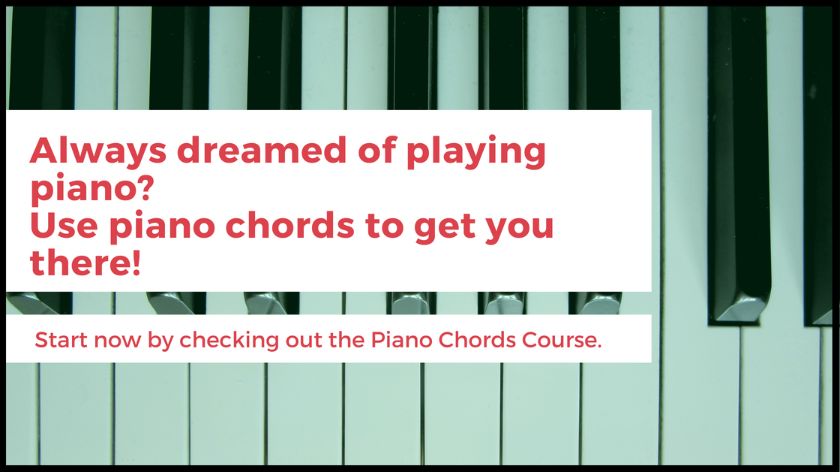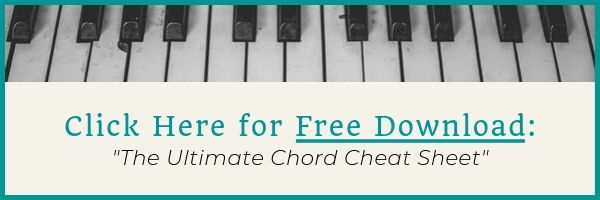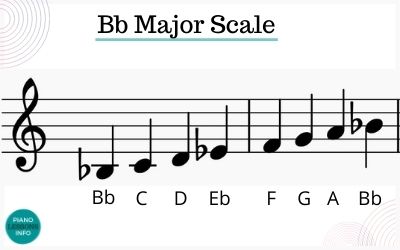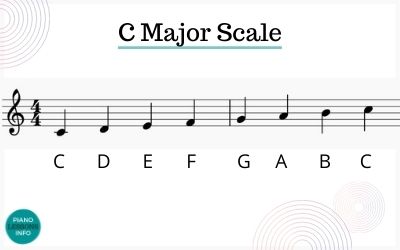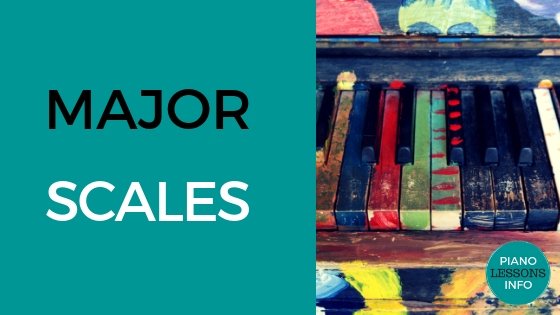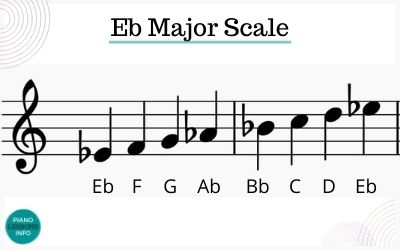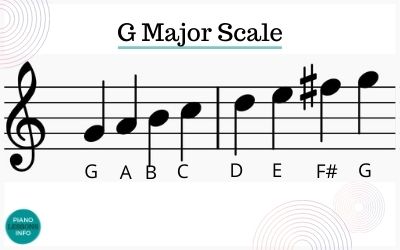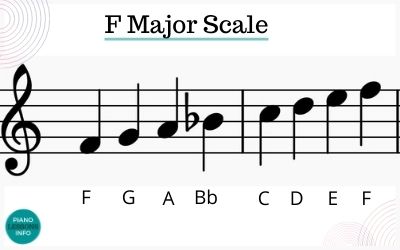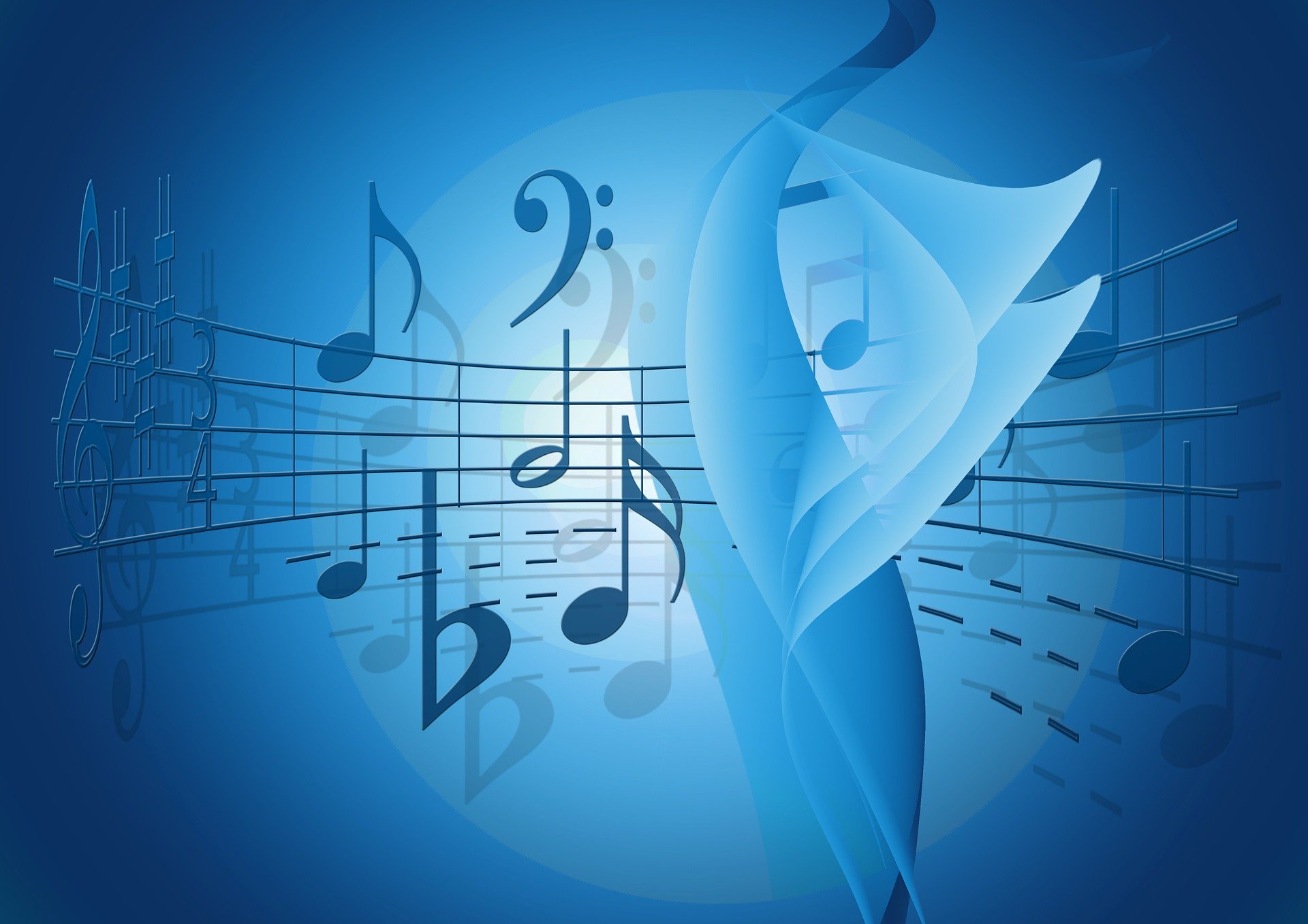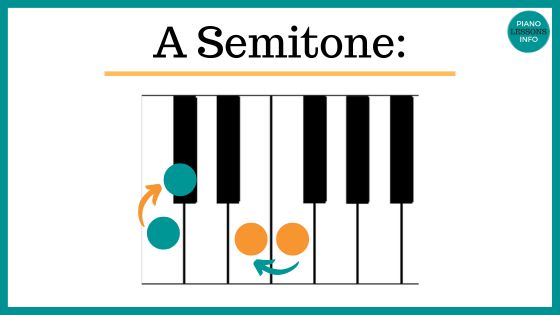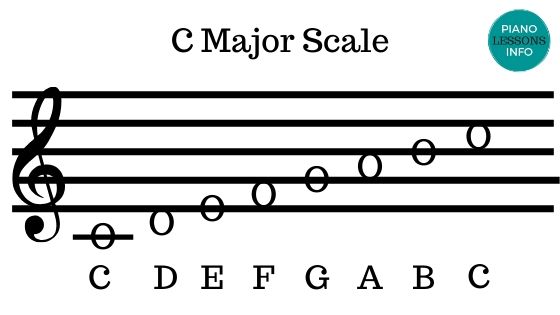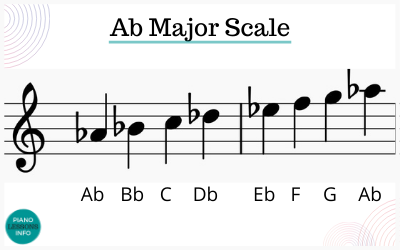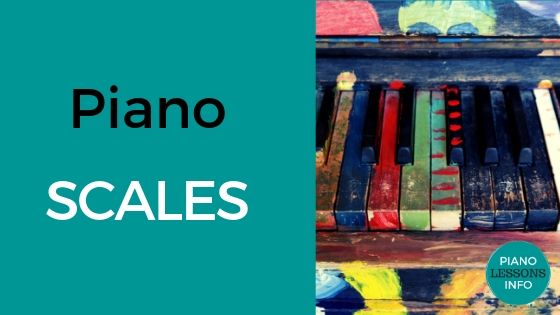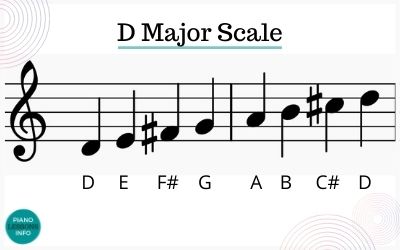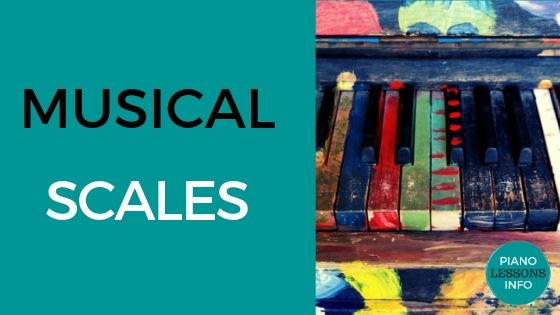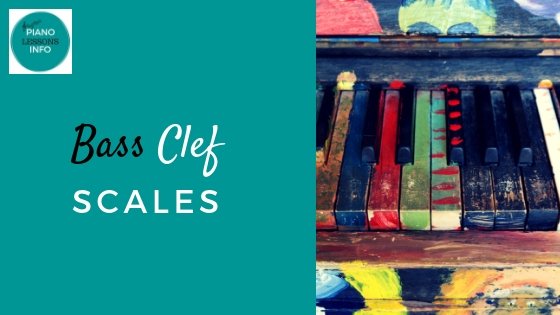A Major Scale on Piano
Notes, Fingering & How To Play It
Ready to learn the A major scale on piano? This one is great to learn after you've learned the very basics (like C major, G major and D major).
Here you'll learn:
- the notes of the A major scale (with pictures)
- piano fingering for the A major scale
- key signature of A
- extras about the A major chord
- and what to practice
A Major Scale on Piano - Basics
The first thing you need to know to play this scale is which blacks notes you're going to be playing.
The A major scale has 3 black notes and they are all sharps: F# C# G#.
So when you play this scale, make sure you remember them going both up and down.
Here's a video tutorial to help you with playing the A major scale.
The A Major Scale - Video Tutorial
A Major Scale - Notes
The A major scale goes from A to A and has 3 sharps (all black notes) in the scale.
The key of A has F#, C# and G#.
The notes of the A major scale are: A B C# D E F# G# A
When playing this scale, you can think of the sharps in 2 parts: the beginning of the scale has one sharp - C#, the end of the scale has 2 sharps - F# and G#. (And remember to play them going up and down!)
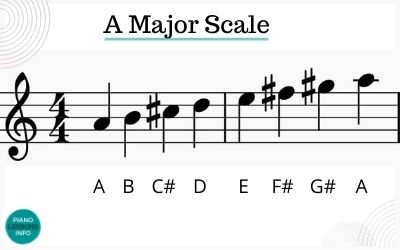 A Major Scale on Piano - Notes
A Major Scale on Piano - NotesPiano Fingering for A Major Scale
The A major scale on piano is another scale that uses the basic scale fingering or finger patterns - which is great! We have a few extra sharps but can use the fingering we've used for other scales.
This is the fingering pattern you need to use for the A scale.
Right Hand: 1 2 3 1 2 3 4 5
Left Hand: 5 4 3 2 1 3 2 1
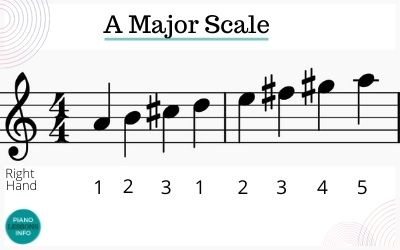 A Major Scale Piano Fingering for Right Hand
A Major Scale Piano Fingering for Right HandThis scale is a nice one to play because you sort of have "markers" - you need to take action around the sharps.
For your right hand, your thumb crosses under after C# (going up). If you were to play more than 1 octave, it would cross under again at G#.
For your left hand, you cross 3 over at the F# (when going up).
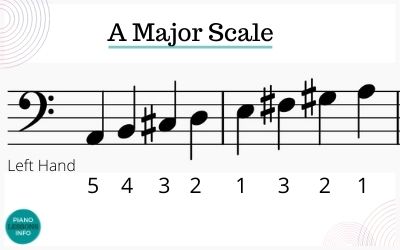 Left Hand A Major Scale Piano Fingering
Left Hand A Major Scale Piano FingeringCreating little patterns around what to do in music and playing scales can be helpful.
Resource for Piano Scales:
Fingering for all scales, including the A major scale on piano, can be found in the Complete Book of Scales, Chords and Arpeggios here on Amazon (this is an affiliate link that will earn a tiny commission).
This is a handy resource when learning scales (and also arpeggios).
A Major Scale - Fingering Up & Down
To play the A major scale ascending and descending (or up and down), use the following fingering.
Note: if you're just beginning and this seems complicated, work on just going up only. After that is comfortable (enough), move onto going back down again.
Here are pictures / diagrams of the A major scale on piano going both up and back down for the treble clef and right hand and the bass clef and left hand.
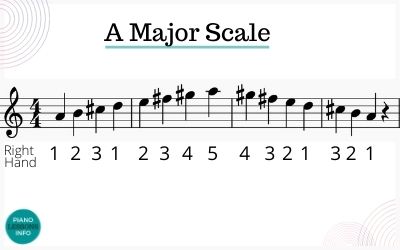 Treble Clef Fingering for A Major Scale
Treble Clef Fingering for A Major Scale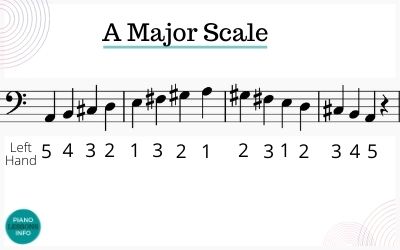 Bass Clef Fingering for A Major Scale
Bass Clef Fingering for A Major ScaleThe Key Signature of A Major
Now that you know the A major scale on piano, it also means you know the key of A major. This is great! And something you should remember.
The key of A has 3 sharps: F#, C#, G#.
You have the beginning of the sharps saying which is Father Charles Goes. (The full saying is Father Charles Goes Down And Ends Battle - this is the order of the sharps.)
Understand the A Chord From A Scale
Now that you know the A scale, you can also know and understand the A chord - this is the A major chord.
This chord is written as just an A and major chords are built off of the 1st, 3rd and 5th notes of the major scale.
If you look at the picture of the scale, you can see the 1st, 3rd and 5th notes are A C# E. Those three notes make the A chord and you can play that now as well.
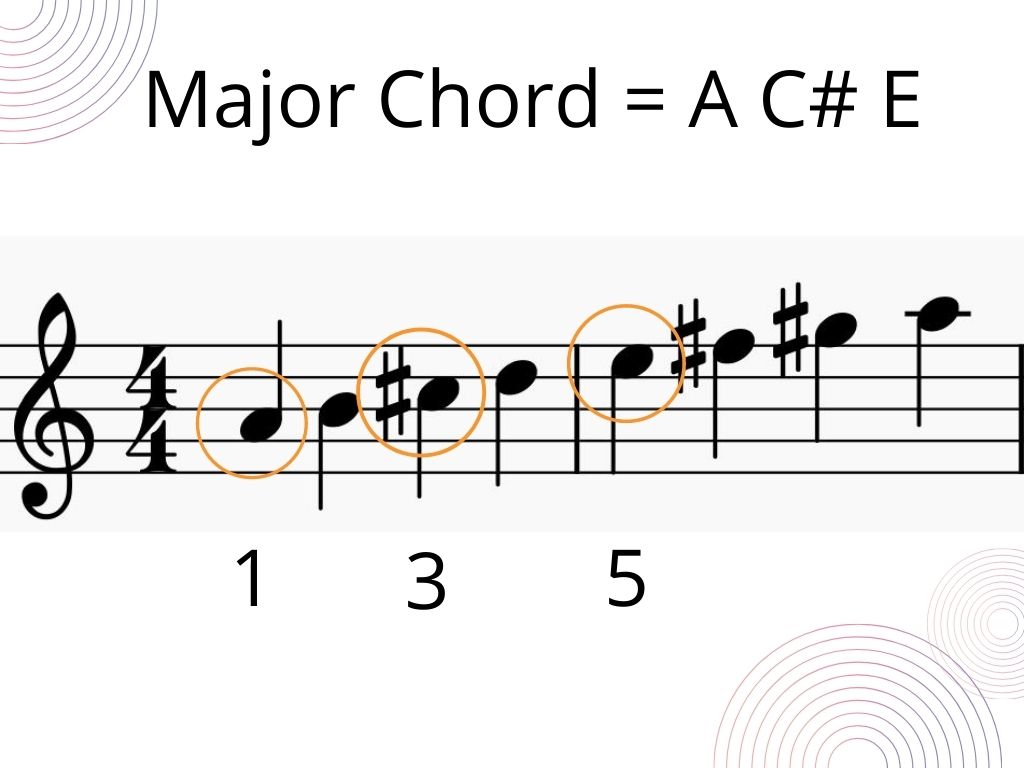
If you look at the third note of the scale, it has a sharp. That's why the chord has a sharp in the middle. No sharp means it's a different chord (in this case it would be A minor chord).
Now if we look at another type of chord, a 6th chord, we can apply the chord formula and make this chord too.
The chord formula for a 6th chord is the 1st, 3rd, 5th, and 6th notes of the major scale. So looking at the scale, that means A, C#, E, F#. And that is the A6 chord.
Free Download:
Ultimate Chord Cheat Sheet

Subscribe below and get free access to the (printable) Ultimate Chord Cheat Sheet.
What To Practice?
This week, practice the A major scale in any of the following ways (depending on your level):
- 1 octave, hands separately
- 1 octave, hands together (slow at first!)
- 2 octaves, hands separately
- 2 octaves, hands together
Also try play the A chord when you get to the end of your scale.
Alternate ending: play the A chord, 1st inversion of the E chord (G# B E) and then the A chord again at the end of the scale.
Further Resources:
For more major scales, visit the major scales page.
Complete Book of Scales, Chords and Arpeggios here on Amazon (this is an affiliate link).
Recent Articles
-
Piano Notes Chart
Nov 20, 23 10:21 PM
Find a piano notes chart for treble clef and bass clef notes as well as the different types of notes. -
D Chord on Piano + Diagram, How To & Theory
Oct 24, 23 12:20 AM
Learn how to play the D chord on piano with diagram, fingering, D/A, D/F# and a theory explainer. -
Diminished Piano Chords: Chart & How to Make Them
Oct 09, 23 09:23 PM
Learn the different diminished piano chords and how to make them. Here you'll find both a diminished chord chart and an explanation.
Free Download:
Ultimate Chord Cheat Sheet

Subscribe below and get free access to the (printable) Ultimate Chord Cheat Sheet.

